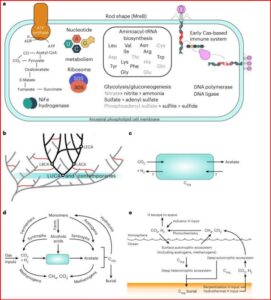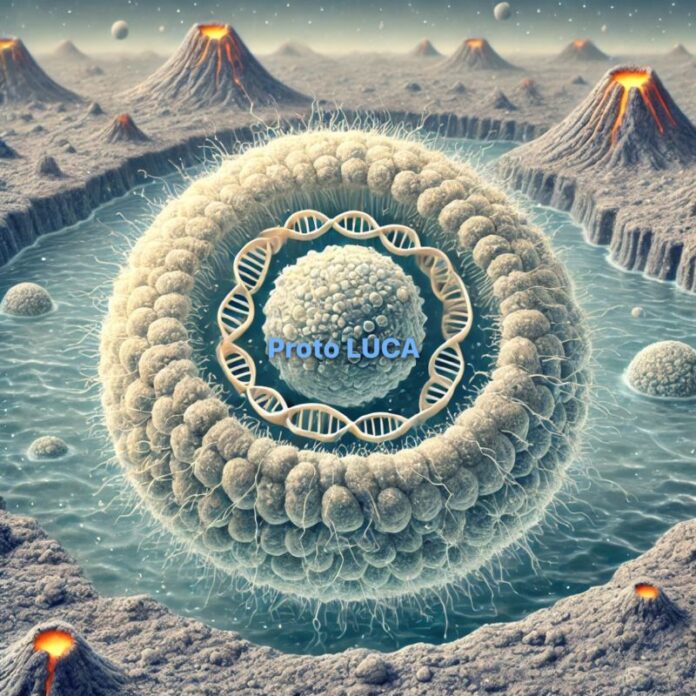A revolutionary new study has shifted our understanding of life’s earliest history, suggesting that LUCA, the Last Universal Common Ancestor, may have emerged as early as 4.2 billion years ago. This was 400 million years after Earth formed.
This surprising finding reshapes theories about how quickly life can arise on Earth-like planets and suggests LUCA was more complex than previously imagined.
Published in Nature Ecology & Evolution, the research, led by Dr. Edmund Moody of the University of Bristol, uses cutting-edge genetic analysis to reconstruct LUCA’s biological profile and timeline.
🔗 Read more about LUCA here

What Is LUCA?
LUCA is not the first living organism, but the most recent ancestor from which all currently living things descend. That includes Bacteria, Archaea, and Eukaryotes, the three domains of life. LUCA likely lived in a harsh, primitive environment, but it was anything but simplistic.
“Even by 4.2 billion years ago, our ancestor was engaging in an arms race with viruses,” the study notes, hinting at a dynamic early biosphere full of microbial interactions and evolutionary pressure.
How Scientists Traced LUCA’s Age
To determine LUCA’s age, Moody’s team applied phylogenetic analysis, a technique that examines how mutations accumulate in the DNA of thousands of living species. Over time, this “evolutionary clock” can be used to backtrack and estimate when different life forms diverged from a common ancestor.



